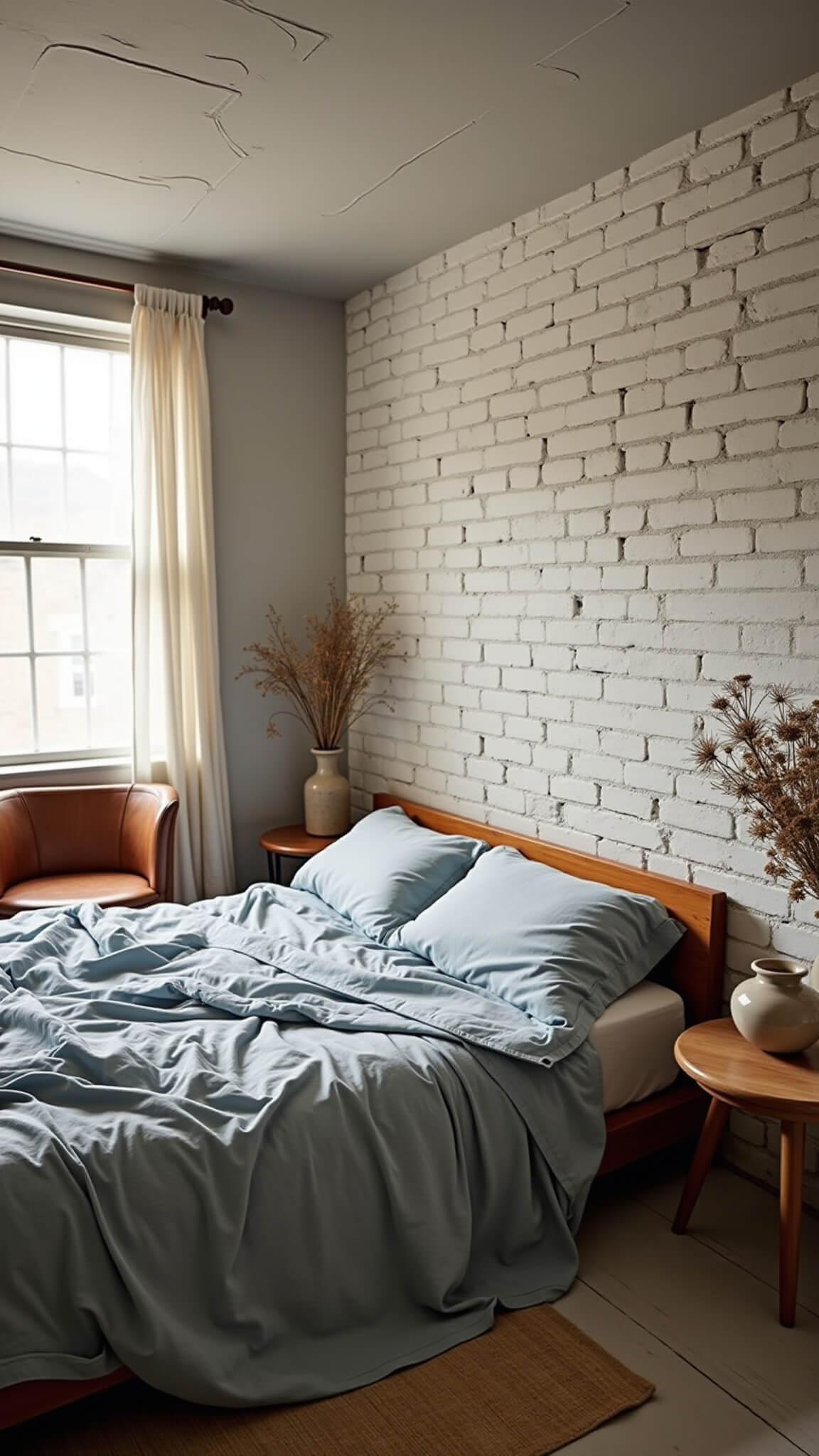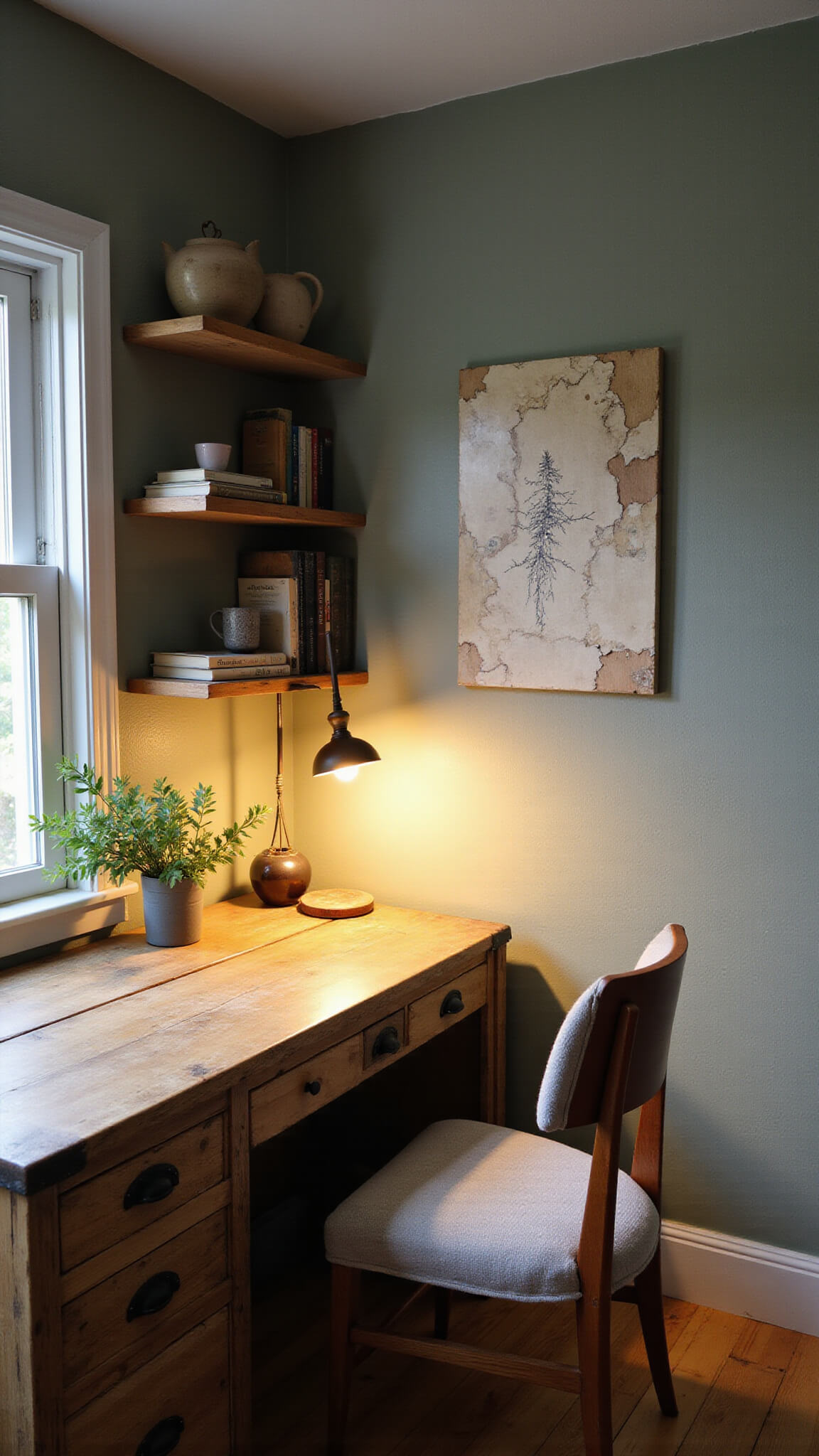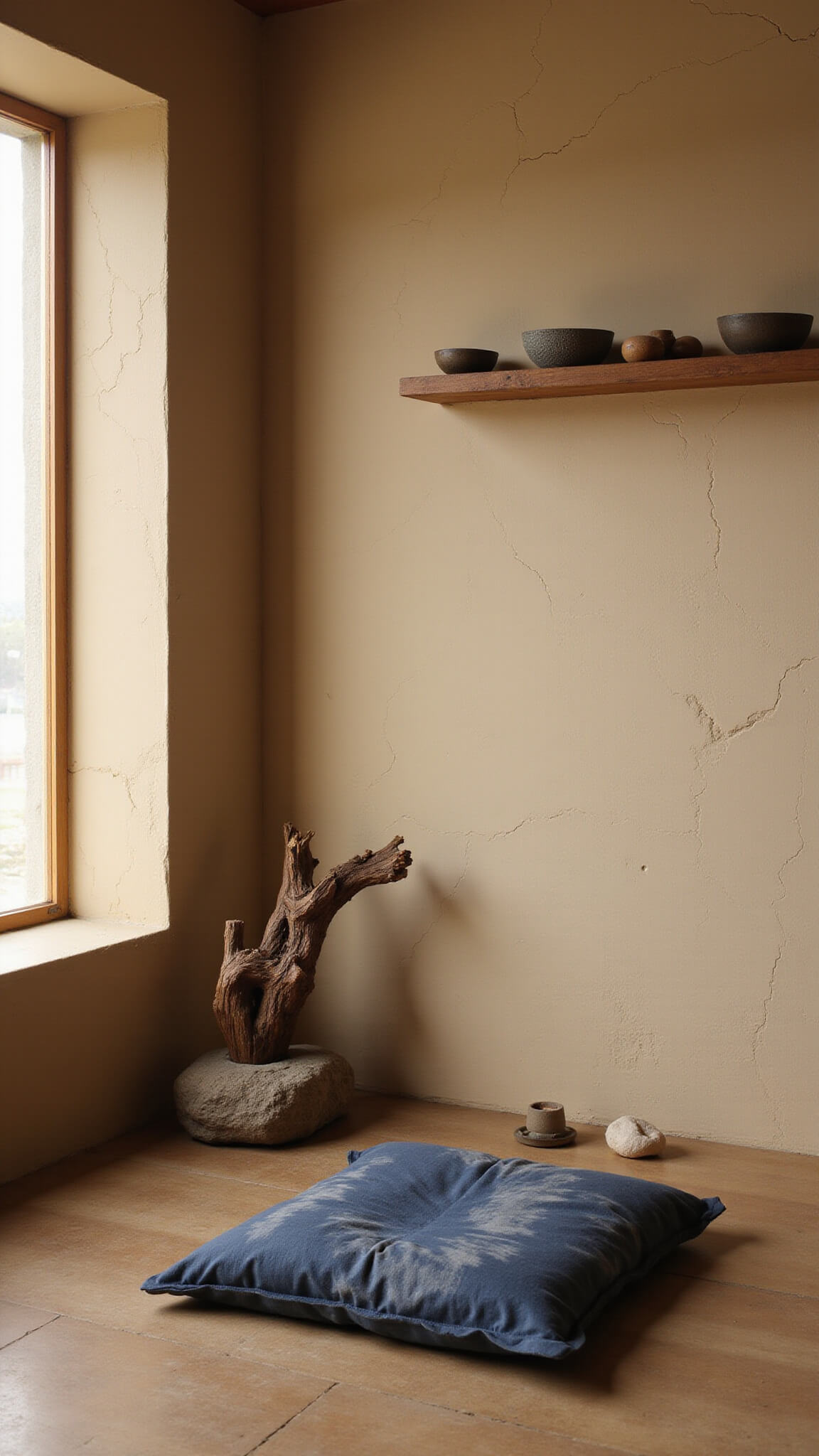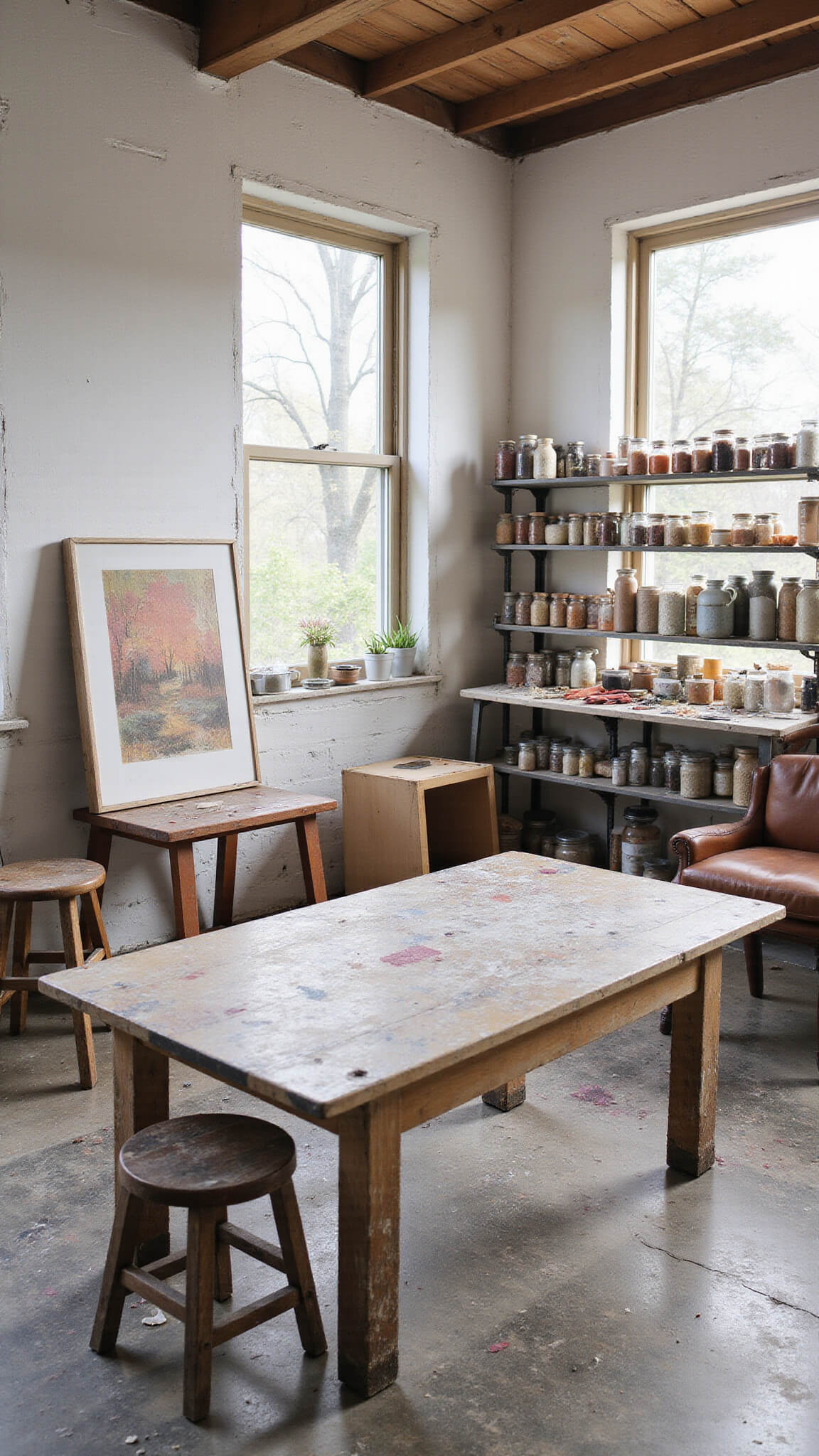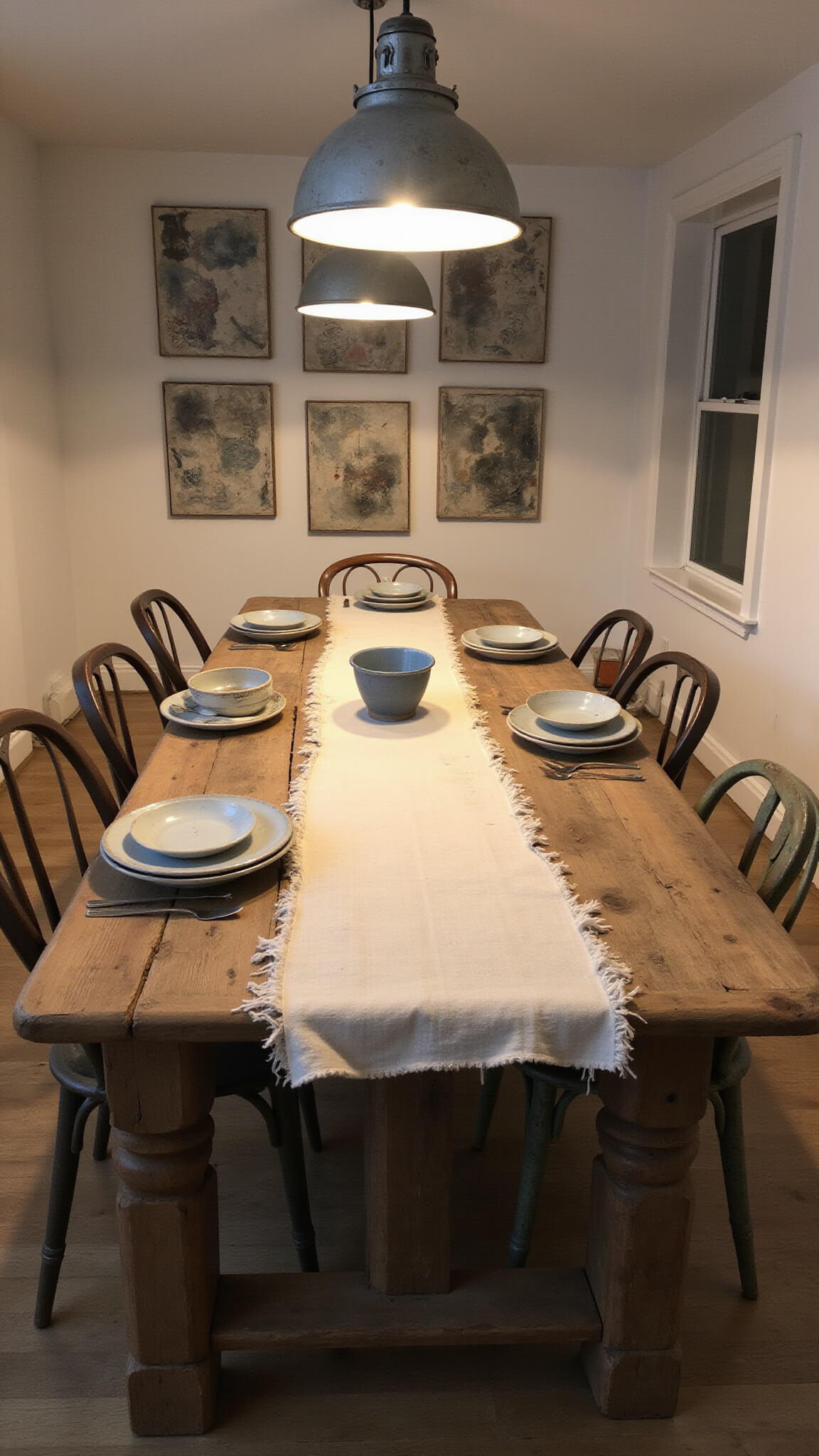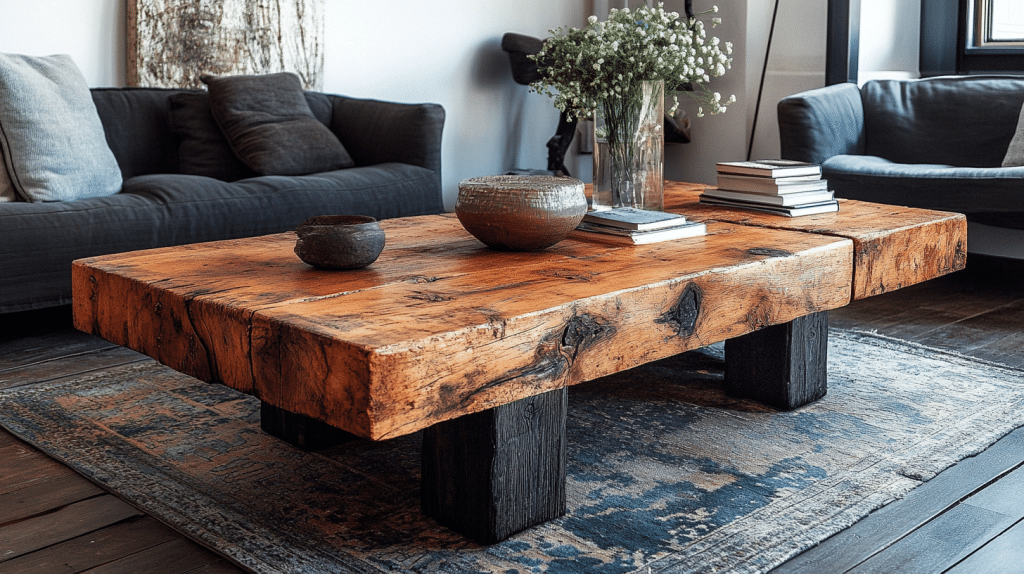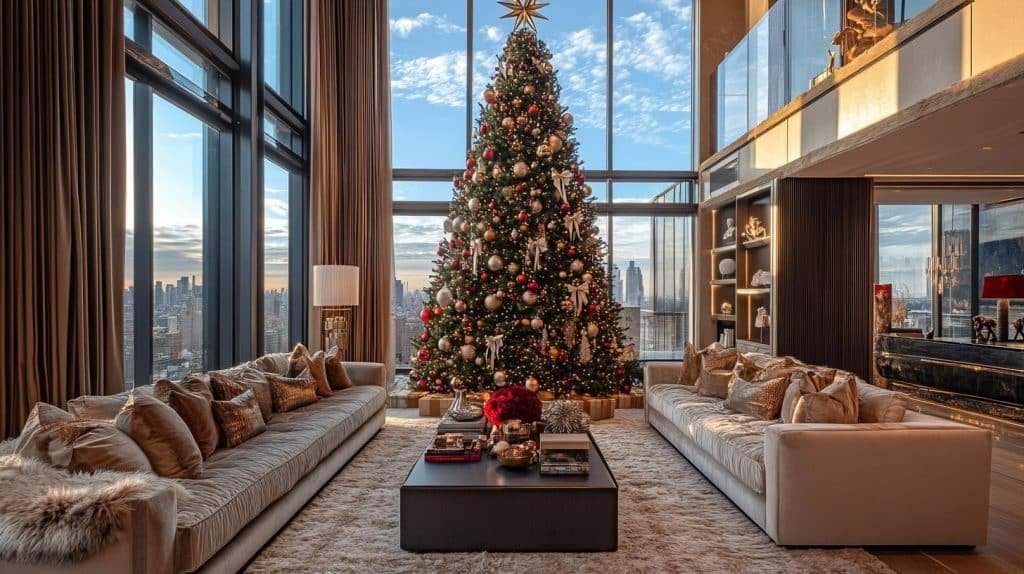Wabi Sabi Painting Ideas: Embracing Imperfection in Art
Painting isn’t about creating a flawless masterpiece. It’s about capturing the raw, unfiltered beauty of imperfection.
Wabi-sabi isn’t just an art style—it’s a profound philosophy that transforms how we see beauty. My journey into this Japanese aesthetic taught me that true art lives in the cracks, the uneven brushstrokes, and the subtle whispers of nature.
What Makes Wabi Sabi Painting Unique?
Imagine art that breathes with authenticity. Wabi-sabi painting strips away perfection and celebrates:
- Imperfect Textures: Rough surfaces that tell a story
- Muted Color Palettes: Soft, earthy tones that whisper rather than shout
- Natural Aging: Beauty in weathered, worn experiences
- Asymmetrical Compositions: Balance found in intentional imbalance
5 Transformative Wabi Sabi Painting Techniques
1. Textured Abstract Landscapes
Materials You’ll Need:
- Modeling paste
- Acrylic paints
- Natural objects (leaves, bark, stones)
- Palette knife
- Canvas
Technique:
- Create a rough base with modeling paste
- Press natural elements into wet medium
- Layer soft, translucent earth-toned washes
- Let colors bleed and merge organically
2. Minimalist Color Explorations
Color Strategy:
- Limit your palette to 3-4 subdued colors
- Think: warm grays, soft taupes, muted teals
- Leave canvas spaces intentionally bare
- Embrace transparent, uneven paint applications
3. Kintsugi-Inspired Artworks
This technique celebrates healing and transformation:
- Paint neutral backgrounds with intentional “imperfections”
- Trace cracks with metallic gold or bronze
- Symbolize beauty in brokenness and repair
4. Organic Pattern Experiments
Approach:
- Create freeform lines mimicking natural elements
- Use broad, loose brushstrokes
- Incorporate generous negative space
- Let intuition guide your hand
5. Mixed Media Explorations
Creative Elements:
- Collage with recycled materials
- Use torn paper edges
- Integrate fabric fragments
- Apply paint with unconventional tools (sponges, hands)
Essential Wabi Sabi Color Palette
| Tone | Hex Code | Mood |
|---|---|---|
| Earthy Beige | #D7C7B7 | Warm, Grounding |
| Soft Gray | #8B8682 | Neutral, Calm |
| Muted Sage | #B8B8A7 | Natural, Peaceful |
| Pale Blue | #AFC2D0 | Serene, Reflective |
| Dusty Pink | #D4B6B4 | Subtle, Gentle |
Pro Tips for Authentic Wabi Sabi Art
- Embrace Accidents: Those unexpected paint drips? Pure magic.
- Work Intuitively: Perfection is the enemy of creativity.
- Let Shadows Tell Stories: Natural light can dramatically enhance texture.
- Use Minimal Tools: Sometimes, your hands are the best paintbrush.
Common Mistakes to Avoid
- Overthinking composition
- Trying to control every brushstroke
- Forcing symmetry
- Believing art must be pristine
Final Thoughts
Wabi-sabi painting isn’t just about creating art. It’s a meditation on accepting life’s beautiful imperfections. Each brushstroke is a moment of surrender, each texture a testament to resilience.
Your canvas is more than just paint—it’s a reflection of your inner landscape.


